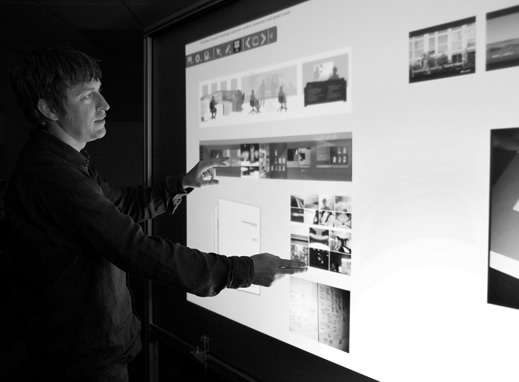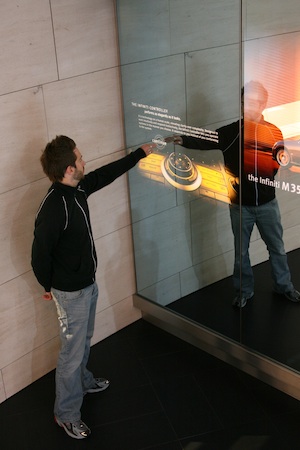
The Rytm student project tackles the “silent killer” of hypertension.
If you’ve ever watched Star Trek, even casually, chances are you’ve seen Captain Kirk, Mr. Spock or Dr. McCoy use a tricorder, a hand-held device capable of detecting everything from an object’s chemical composition to an individual’s vital signs (“He’s dead, Jim.”).
Thanks to the tricorder, the concept of a hand-held non-invasive device that can diagnose whether somebody is pregnant, experiencing abnormal neural activity, or countless other medical scenarios, has persisted as a dream gadget for decades.
But the powerful processing capabilities and the myriad of sensors found in today’s smartphones make a tricorder seem less the stuff of science fiction and more a very tangible, and inevitable, outcome of our current technology.
Or, at least that’s what the XPRIZE Foundation thinks.
Last year the foundation launched the $10 million Qualcomm Tricorder XPRIZE competition to challenge teams from across the globe to design a device (or suite of devices) that can both accurately diagnose a set of 15 diseases independent of a healthcare professional or facility and also provide an appealing and engaging consumer user experience.
Thousands of individuals are participating in this challenge, including 14 students in an XPRIZE sponsored project at Art Center–an activity not part of the Tricorder XPRIZE but that paralleled the main competition–co-taught this past Summer term by Brian Boyl and Jeff Higashi.
In the class, students were encouraged to design a device concept that conforms to the guidelines of the XPRIZE competition. But they were also allowed to take their creations in a different direction altogether, with the understanding that their projects could serve as design inspiration for the final teams–which XPRIZE plans to name later this month–who will be in the running to create the actual medical device. Another possible outcome is that students from this class could join a like-minded team in the competition.
Continue past the break to see some of the projects the students created.
Continue reading



